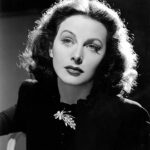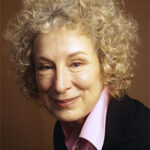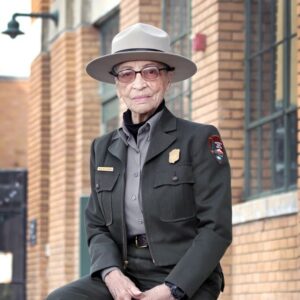Extraordinary
|
Studying Writing Craft.Why study writing craft? An English teacher said you should write a book. You have a degree in English Lit. You studied how to write Poetry, Drama, Novels, Prose, and History. You know how to put sentences and paragraphs together about random characters. You know all the ends and outs of punctuation. What can you learn from studying craft? Craft teaches the heart and soul, the very art, of writing.Let me ask, does one go out and construct a 20 story building without studying the craft of architecture? No one sits in the cockpit of an Airbus A380 until they have mastered the art of being a pilot. Ballerinas and athletes practice, practice and practice some more. When it comes to the creating the most elegant, soul touching, timeless work of art, a book, I feel we must constantly study, practice and improve our talent. Every time I pick up a craft book or examine notes from craft classes I learn. Do you know how develop the story and character’s Goals, Motivation and Conflict? GMC are intrinsically bonded together. Characters need a concrete, definable Goal. Behind that Goal, there is an internal, value-based reason for the Goal. The deeper the Motivation for character’s actions, the more emotionally compelling the story will be. Conflict. Conflict on every page, both internal and external. And yes, you must have both types of Conflict in every scene you write. Internal Conflict is a character’s beliefs and values getting in the way of what they want. External Conflict is something or someone getting in the way of, preventing the character from achieving their Goal. Conflict is a big part of the story because it delivers excitement. The reader keeps turning pages to see if the character reaches their Goal. The story needs an active, definable Goal that the character wants desperately. A reason for the character’s Goal as well. Two sources of Conflict, internal and external obstacles that prevent the character from getting the Goal. Got it? Good. Now it’s about that story and scene structure. Three acts. The opening story hook and chapter ending hooks to keep the reader turning pages. Then we begin to layer in emotions bringing a reader to feel everything a character does with evocative writing. Honing Show vs Tell skills. Avoiding clichés, head hopping and using weak words and phrases. Bottom line, readers want a good story and to connect with characters. Studying craft helps writers achieve that. Rita |

 |
|||||



















